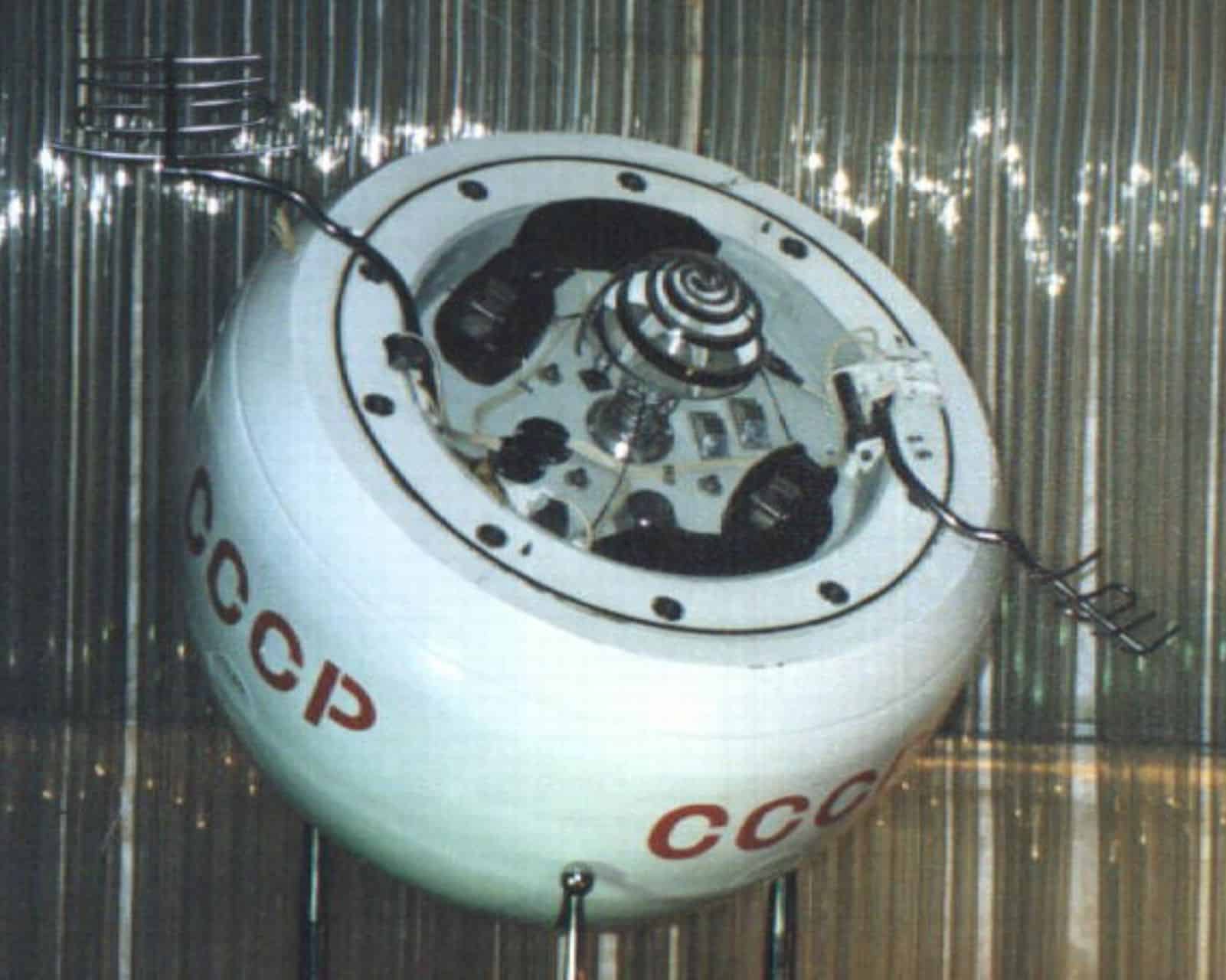

A large piece of an old Soviet satellite is expected to re-enter Earth’s atmosphere around May 10, but no one can determine exactly where it will land.
The object is part of Kosmos 482, a Soviet probe launched in 1972 during the Cold War space race. The spacecraft was intended to reach Venus and study the planet. However, a problem during launch left it stuck in orbit around Earth for more than five decades.
Kosmos 482 was built as a twin to Venera 8, a successful mission that landed on Venus in July 1972. Venera 8 transmitted data from the planet’s surface for about 50 minutes before the extreme heat destroyed it. Venus, known for its scorching temperatures and crushing pressure, remains one of the most difficult planets to study.
Kosmos 482 never made it that far. After its launch from the Baikonur Cosmodrome in present-day Kazakhstan, the spacecraft failed to gain enough speed to break free of Earth’s gravity. It broke into two parts: the main spacecraft and a lander built to survive Venus’s atmosphere.
The main body of the probe fell back to Earth in 1981. But the lander has stayed in a slowly decaying orbit ever since. After more than 50 years, it’s on its way down.
Marco Langbroek, a satellite tracker and lecturer at Delft Technical University in the Netherlands, was the first to identify the object’s pending return. Using telescope observations, he determined that the lander is expected to land on Earth around May 10, give or take a few days.
The lander weighs about 1,091 pounds and measures roughly 3 feet wide. It was designed to survive the harsh descent through Venus’s atmosphere, so it may also make it through Earth’s thinner air without breaking apart.
Langbroek warned that while the chances of it causing harm are small, they are not zero. He compared the risk to that of a small meteorite falling from space.
Experts still don’t know where the lander might hit. Its orbit spans 52 degrees north and 52 degrees south, meaning it could fall almost anywhere within that range. This includes much of Europe, Asia, Africa, Australia, and the Americas. However, Langbroek noted that since oceans cover most of Earth’s surface, it is more likely to splash down at sea, similar to what happened with the failed Russian Phobos-Grunt mission in 2011.
Global satellite trackers continue to monitor the object as it approaches Earth. Scientists expect a clearer picture of its path and final descent each day. Until then, the world waits as a forgotten relic from the early days of space exploration prepares to return, uncontrolled and unpredictable.
